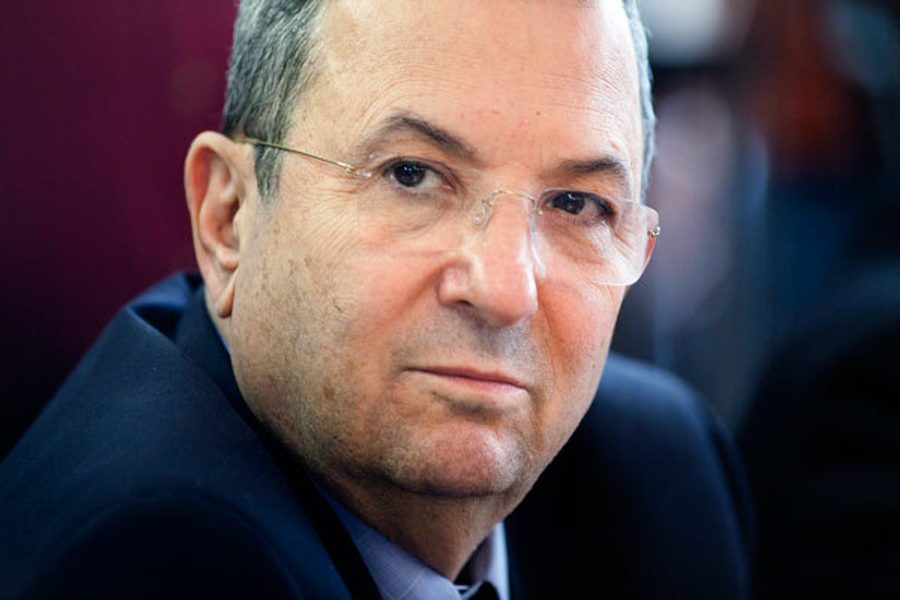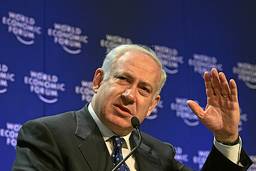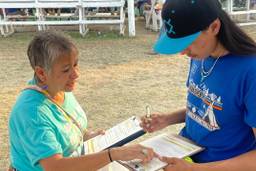Israel’s Left in Disarray
Ehud Barak’s split from Labor is not his first blow against the party he led twice.
Ralph Seliger

On January 17, with the Labor Party on the verge of voting to leave Prime Minister Netanyahu’s coalition government, Defense Minister Ehud Barak retained his job by preemptively splitting from the party that he himself headed. He launched the “Independence” party, which he characterizes as “centrist,” with four fellow ex-Laborite Members of Knesset (MKs), Israel’s legislature.
Barak’s move makes the governing coalition both more right-wing and more stable, yet also potentially strengthens the left opposition by providing an opportunity for what remains of Labor (eight MKs) to coalesce with left-of-center Meretz (three) and/or centrist Kadima (29). (The three parties account for one-third of the Knesset’s 120 seats.)
Ehud Barak, who emerged from a distinguished army career into politics under the tutelage of the late Prime Minister and Labor Party leader, Yitzhak Rabin, was quickly groomed to be Rabin’s successor after his assassination in 1995. (See “Cloning Rabin,” In These Times, July 1997.) After defeating Binyamin Netanyahu in 1999, Barak had a short and tempestuous term of less than two years as prime minister, coming within spitting distance of peace agreements with both Syria and the Palestinian Authority, only to preside over policies that contributed to the bloody breakdown of Israeli-Palestinian relations known as the Second Intifada.
Although all three principal participants at the Camp David Summit in the summer of 2000 (President Clinton, Barak and Palestinian Liberation Organization Chairman Yasser Arafat) can be faulted, what Israel’s peace movement finds particularly objectionable about Barak is that he popularized the view that Arafat, and by extension the entire Palestinian leadership, were either unwilling or unable to make peace, a view held by most Israelis to this day. Arafat can be blamed for riding the tiger of the escalating intifada, but Barak’s counter measures killed about 10 Palestinians for each Israeli fatality, setting the stage for the more deadly and devastating campaign of suicide bombing against Israeli civilians that ensued.
The violence of both sides also obscured the fact that negotiators came close to a peace agreement at Taba in January of 2001. Yet the Israeli electorate reacted to the intifada by overwhelmingly electing conservative Likud leader Ariel Sharon in February of 2001 and handing the Labor party a loss of one quarter of its seats in the Knesset elections of 2003.
After resigning in 2001, Barak eventually returned to politics, narrowly winning a second term as Labor’s leader in 2007, and serving as junior partner and defense minister in the cabinets of Ehud Olmert and Netanyahu that followed. (See “Ehud Barak’s Second Coming,” In These Times, October 2007.)
Labor Zionism – the socialist strains within the Zionist spectrum that created worker-owned cooperative enterprises and communal institutions once famously synonymous with Israel (e.g., the Histadrut trade union federation and the kibbutz movement) – clearly no longer defines Israel’s ruling ethos as it did prior to statehood and afterward until 1977, the first time this movement lost a national election. The heavily collectivist economy of its early years has withered, both because of “reform” initiatives from within the left (as with other European-style social democracies) and privatization efforts engineered via Likud electoral victories.
To some degree, Labor’s possible demise is a function of the decline of national party allegiances in general. When Kadima first arose in 2005, mostly (although not entirely) as a split-off from Likud, it looked like Likud was on the ropes (it returned only 12 seats in the 2006 election). Still, at a mere 27 and 28 seats respectively, neither Likud nor Kadima is very strong. Until this past decade, the ruling party normally elected around 40 to 45 MKs. The current parliament now seats 13 distinct parties.
But Labor as a party still exists, as does its smaller and more left-wing occasional partner, Meretz. Where either of these go from here is anybody’s guess. Since Rabin’s assassination and the sharp spasms of violence that have erupted in the ensuing years, Israel’s political climate has been particularly volatile. This exacerbates Israel’s structural tendencies toward instability, due to an extreme version of proportional representation, which empowers minority interests within fragile majority coalitions.
It remains to be seen whether a new alliance can be forged between Labor and Meretz, not to mention among assorted Greens, social justice activists and Arab politicians. And then there’s Kadima, the largest opposition party, regarded as centrist but mostly the home of ex-Likudniks, which Avshalom Vilan, a former Meretz MK and a one-time head of a national kibbutz federation, derides as “Likud light.”
Many, if not most, traditional voters for Labor and Meretz have migrated toward Kadima. Will they return now that Labor has reconstituted itself as a left-wing opposition party? Or will Kadima position itself to the left to retain this support and possibly incorporate Labor (with or without Meretz) into a new broad center-left electoral force? Such are the puzzles introduced into Israel’s increasingly fractious politics.









